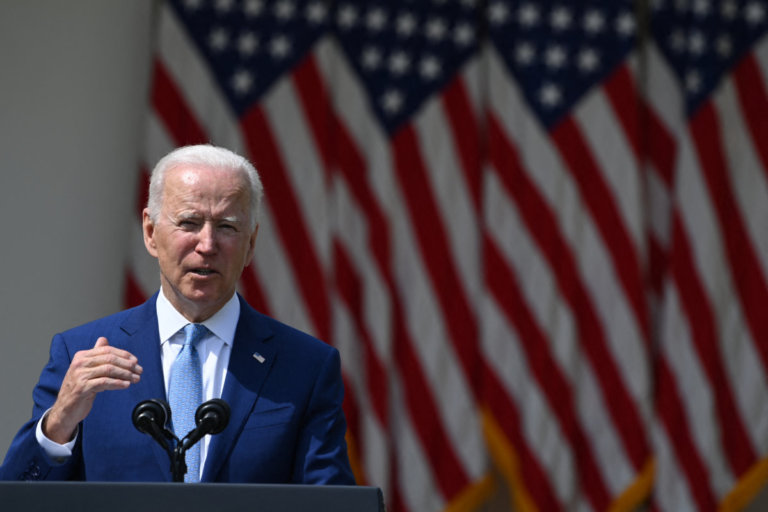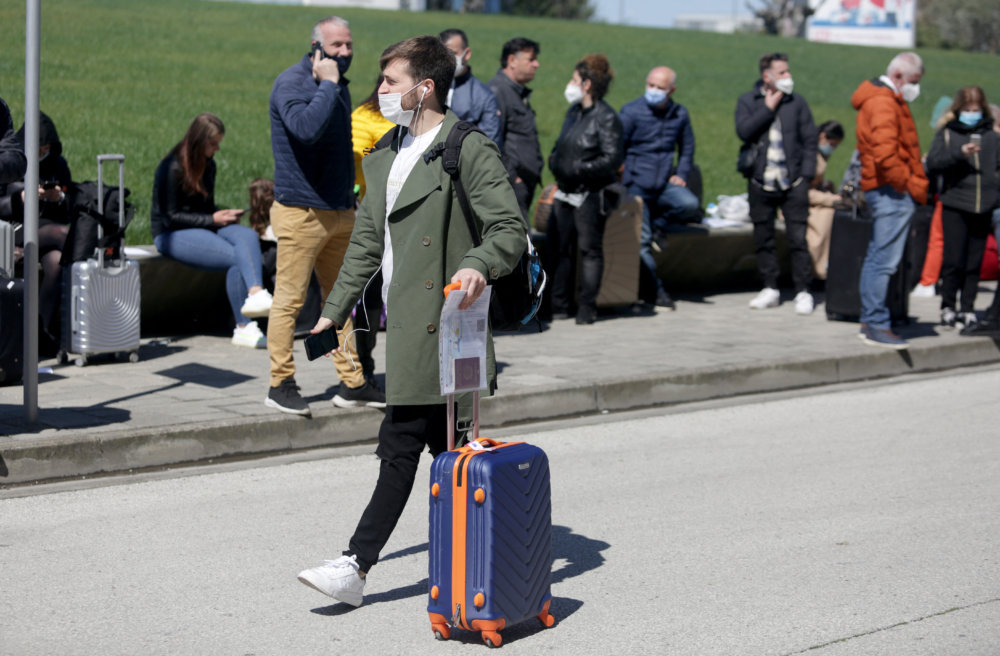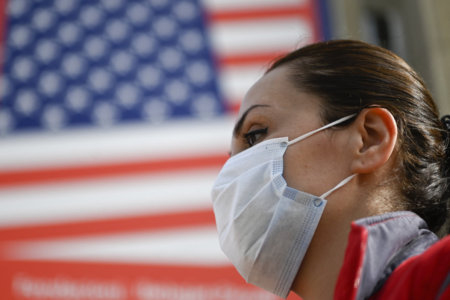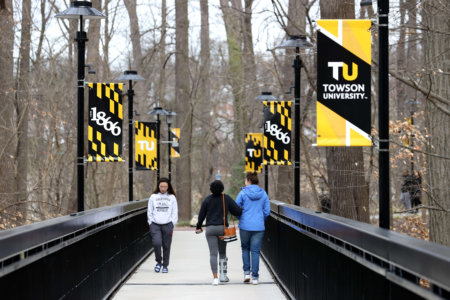
If you’re considering a study abroad adventure in the US, then you should know about the Student and Exchange Visitor Programme (SEVP). Every international student that enters the country goes through the SEVP; here’s what you need to know about its role in your visa process.
What is the Student and Exchange Visitor Programme?
In the United States, the US Department of Homeland Security is responsible for matters of national security. Immigration is parked under the US Immigration and Customs Enforcement (ICE). Under ICE, the SEVP handles schools, non-immigrant students, and those who depend on them.
SEVP administers the Student and Exchange Visitor Information System (SEVIS), which is the web resource for information on these students. It also determines which schools are able to enrol them.

Before you travel to the US, know the difference between SEVP and SEVIS, and what they mean to international students. Source: Gent Shkullaku/AFP
For example, 2020 SEVP data shows that there were 1.25 million active records of F-1 and M-1 students in the SEVIS — down almost 18% from the year prior. The records show a significant dip in international student enrollment in August and September, which is typically when new enrolments are at their peak. SEVP data is able to further pinpoint that the Northeast region experienced the greatest decrease at 19.4%, while California hosted the most international students among all US states. You may access these numbers in the SEVP Data Library.
What type of visa do I need?
There are two main types of student visa: F visa for academic students and M visa for vocational students. Visas are only granted if your programme has obtained Student and Exchange Visitor Programme certification. Institutions that provide K-12, tertiary, language, conservatory, or seminary education may enrol F visa holders while community, junior, and vocational colleges may only enrol M visa holders.
According to US law, you must be accepted into an educational institution before applying for a student visa. Upon admittance to the programme, you will receive Form I-20, which is the Certificate of Eligibility for Nonimmigrant Student Status. You will use this form to apply for a visa to study in the US.










